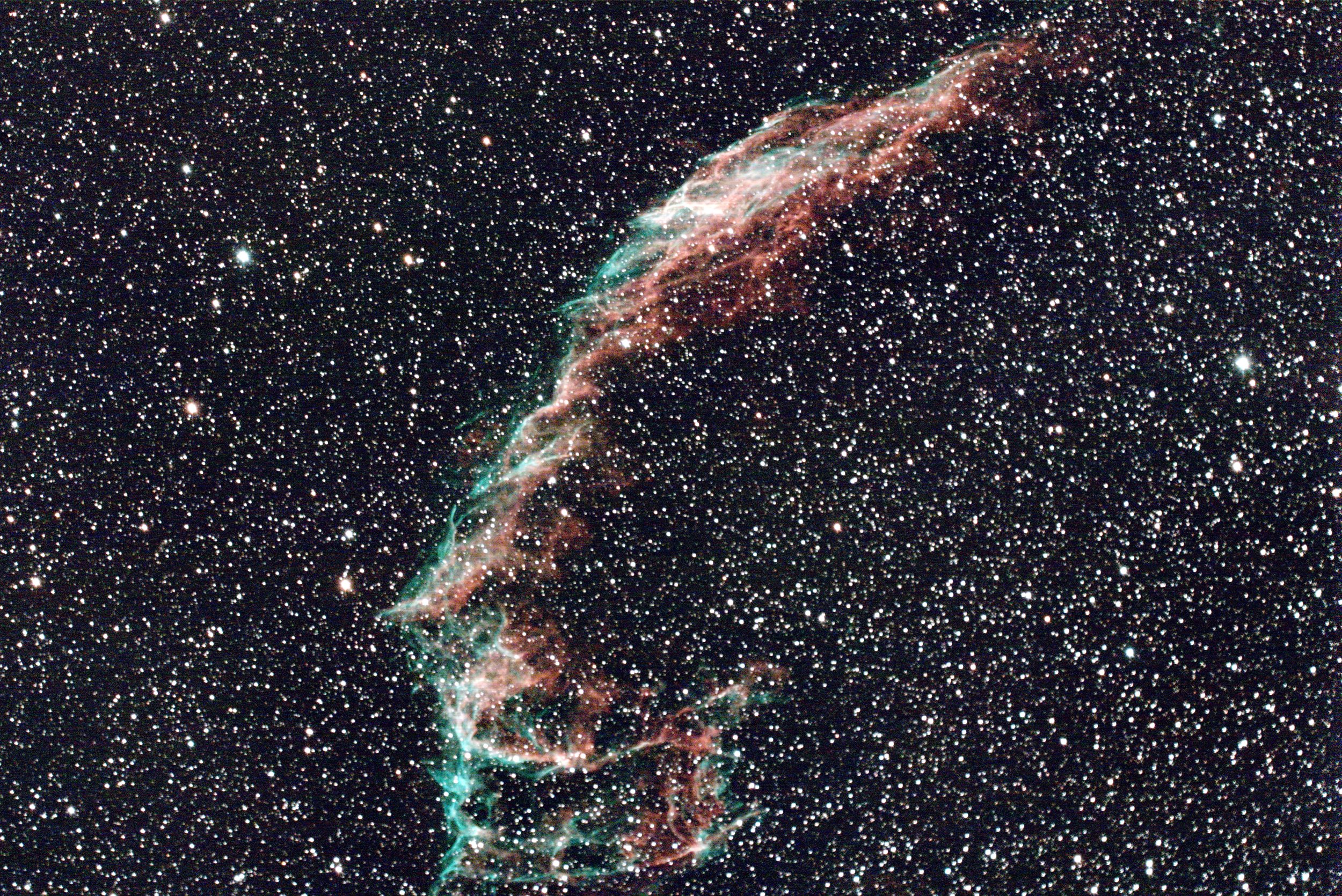New strategy … let’s go back to hyper fast
The weather forecast is changing every day, almost every hour. This exhausting target is getting annoying to catch. I decide to go back to my best acquisition : the Hyperstar from Starizona. I already got Eastern Veil Nebula with it, and it was a good shot.
I’m getting enough of it. I knew it would take me almost ten hours to shoot correctly the Heart Nebula with the Askar APO FRA300. I really bought this APO to avoid changing my camera ZWO Asi183 MC Pro. I got a choice : using my Celestron C9 with the Hyperstar (but I would have needed a bigger sensor so another camera would have been needed) OR going for a small focal length APO (buying it but keeping my existing camera). I made the choice to get the APO.
I don’t regret buying the Askar FRA300. Nice telescope. Interesting APO. And I will use it for other DSOs like the Pleiades (Messier 45) because this object is very luminous (Magnitude 1,6-4,5). But Heart Nebula is really faint, really really faint … I checked on Astrobin (www.astrobin.com, a nice place to see what astrophotographers can do) and because its magnitude is 18,5 I can see other astrophotographers taking 9 hours of shots …
So, new strategy : back to my Hyperstar.
Let me explain : depending on the size of the object you want to shoot, you’ll need to consider multiple variables such as :
focal length of your telescope
size of the sensor from your camera
is rotation needed to get the full object ?
F/D ratio of your telescope
…
Let’s focus on the points above (there are more, but these are very important)
Focal length : that’s the distance the light is running from the entry of your telescope up to your camera sensor. To make it simple, the longest it is, the smallest field of view you’ll get; the shortest it is, the biggest field of view you’ll get. IC 1805 is a very big object ( 150’ x 150’ , ‘ being arc minute while ‘‘ is arcsecond), so you need a short focal length, between 200 and 500mm. Of course, the size of your camera sensor has an impact on the shooting too
Size of your camera sensor : it defines what your camera can catch. For instance, my former ASI183MC Pro has a sensor of 1 inch (13,2mmx8,8mm) while my new camera Player-One Poseidon C has a sensor of 1,8 inches (23,5mmx15,7mm) so almost twice bigger. Obviously, the size of each pixel and the number of pixels count too. Careful though : some telescopes have limits such as my Tak Mewlon 180, only 28mm allowed for a sensor (the rest will be cropped …). Finally, I don’t want to mislead you : a camera is not only about size, plenty of features determine your final choice for a camera.
Rotation needed ? : each camera sensor has it own frame. The Player-One Poseidon C has an APS-C frame, and for instance a camera such as the ASI6200MM/MC Pro has a Full-Frame. The question is : will the object fit into the frame, or should I rotate the camera to get it into it centered and with its entirety ? The Askar has its own rotator (and that’s a great feature). The Celestron has not any rotator BUT the Hyperstar lens has it ! (and that’s a great feature too)
F/D ratio : it is a very important metric. It is the ratio between focal length and diameter of your primary mirror. To make it simple, the lowest it is, the fastest your telescope is in catching light.
So, you get the variables, and you may wonder why I’m switching to the SC9 with Hyperstar ?
Askar FRA 300 with ZWO ASI183MC Pro
Celestron C9 with Hyperstar and Player-One Poseidon C
You can see (hope you can … the pictures are taken from Stellarium, a red frame shows how each setup can catch the object) that the framing is exactly the same, so “What is the big difference ?)
Well, the time needed to shoot. That’s the biggest difference.
The Askar has a F/D of 5 while the Celestron C9 with the Hyperstar has a F/D of 2,2 … and it means that the Hyperstar requires 5 times less shooting than the Askar : (5/2,2)^2 … and that instead of 9 hours, I will need only less than 2 hours to get all the details I want to catch for this nebula.
That is the theory, and I already validated this theory with my previous catches of Laguna Nebula and the Eastern Veil Nebula with the Hyperstar.
I only need one thing : a good weather and clear skies for 2 hours …



